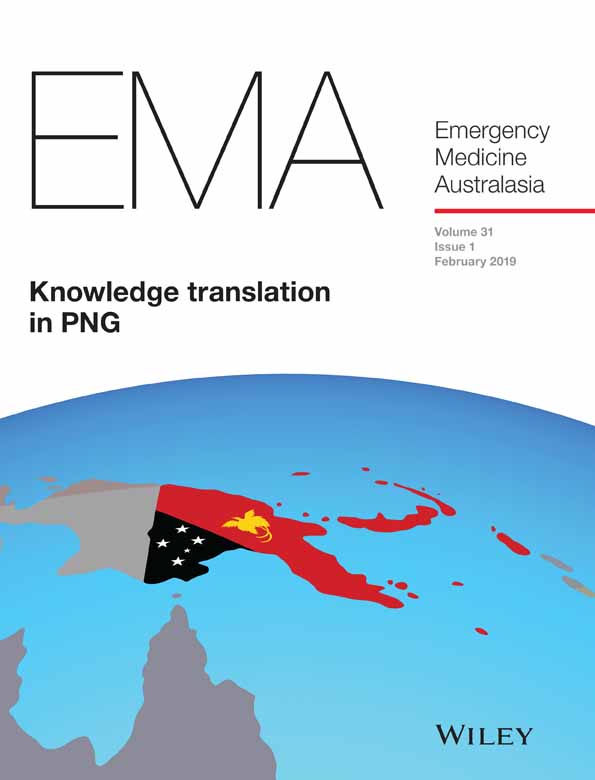Impact of the four-hour National Emergency Access Target on 30 day mortality, access block and chronic emergency department overcrowding in Australian emergency departments
Abstract
Objective
Previous research reported strong associations between ED overcrowding and mortality. We assessed the effect of the Four-Hour Rule (4HR) intervention (Western Australia (WA) 2009), then nationally rolled out as the National Emergency Access Target (Australia 2012) policy on mortality and patient flow.
Methods
A longitudinal cohort study of a population-wide 4HR, for 16 hospitals across WA, New South Wales (NSW), Australian Capital Territory (ACT) and Queensland (QLD). Mortality trends were analysed for 2–4 years before and after 4HR using interrupted time series technique. Main outcomes included the effect of 4HR on patient flow markers; admitted 30 day mortality trends; and patient flow marker performance during the study period.
Results
There were 40 281 deaths from 952 726 emergency admissions. All jurisdictions, except ACT, had improved flow and access block after 4HR. Age-standardised mortality was decreasing before the intervention. Post-intervention, WA had a significant reduction in mortality rate of −0.28 per 1000 patients per quarter (P = 0.040) while QLD had mixed results and NSW/ACT trends did not change significantly. Meta-regression of aggregated data for hospitals grouped on flow performances did not show significant mortality changes associated with the policy.
Conclusions
The 4HR was introduced as a means of driving hospital performance by applying a time target. Patient flow improved, but the evidence for mortality benefit is controversial with improvement only in WA. Further research with more representative data from a larger number of hospitals over a longer time across Australia is needed to increase statistical power to detect long-term effects of the policy.




